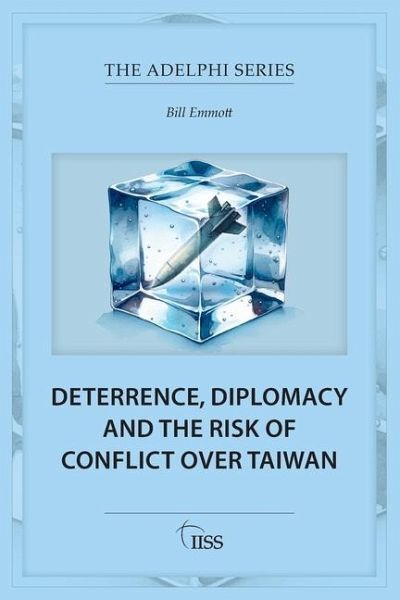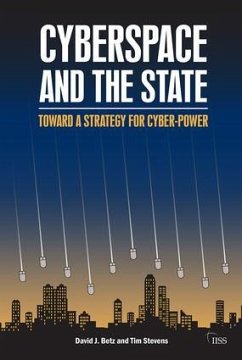Bill Emmott is Chairman of the IISS Trustees and an independent writer and consultant. He spent 26 years at The Economist, which he joined in 1980, working as a correspondent and editor in Brussels, Tokyo and London, on subjects ranging from politics to finance, economics and business. In 1993, he was appointed editor-in-chief, a post he held for 13 years before stepping down in 2006. He is Senior Adviser, Geopolitics for Montrose Associates, Chair of the Japan Society of the UK, an Ushioda Fellow of Tokyo College, University of Tokyo, Chair of the International Trade Institute, a trustee of the Chester Beatty Library, and a member of the Comitato Scientifico of the Centro Einaudi in Turin. He writes for La Stampa in Italy, Nikkei Business and the Mainichi Shimbun in Japan, and occasionally for the Financial Times. He is the author of numerous books on Japan, Asia, Italy and the West, his latest being The Fate of the West (Profile, 2017) and Japan's Far More Female Future: Increasing Gender Equality and Reducing Workplace Insecurity Will Make Japan Stronger (Oxford University Press, 2020).
















